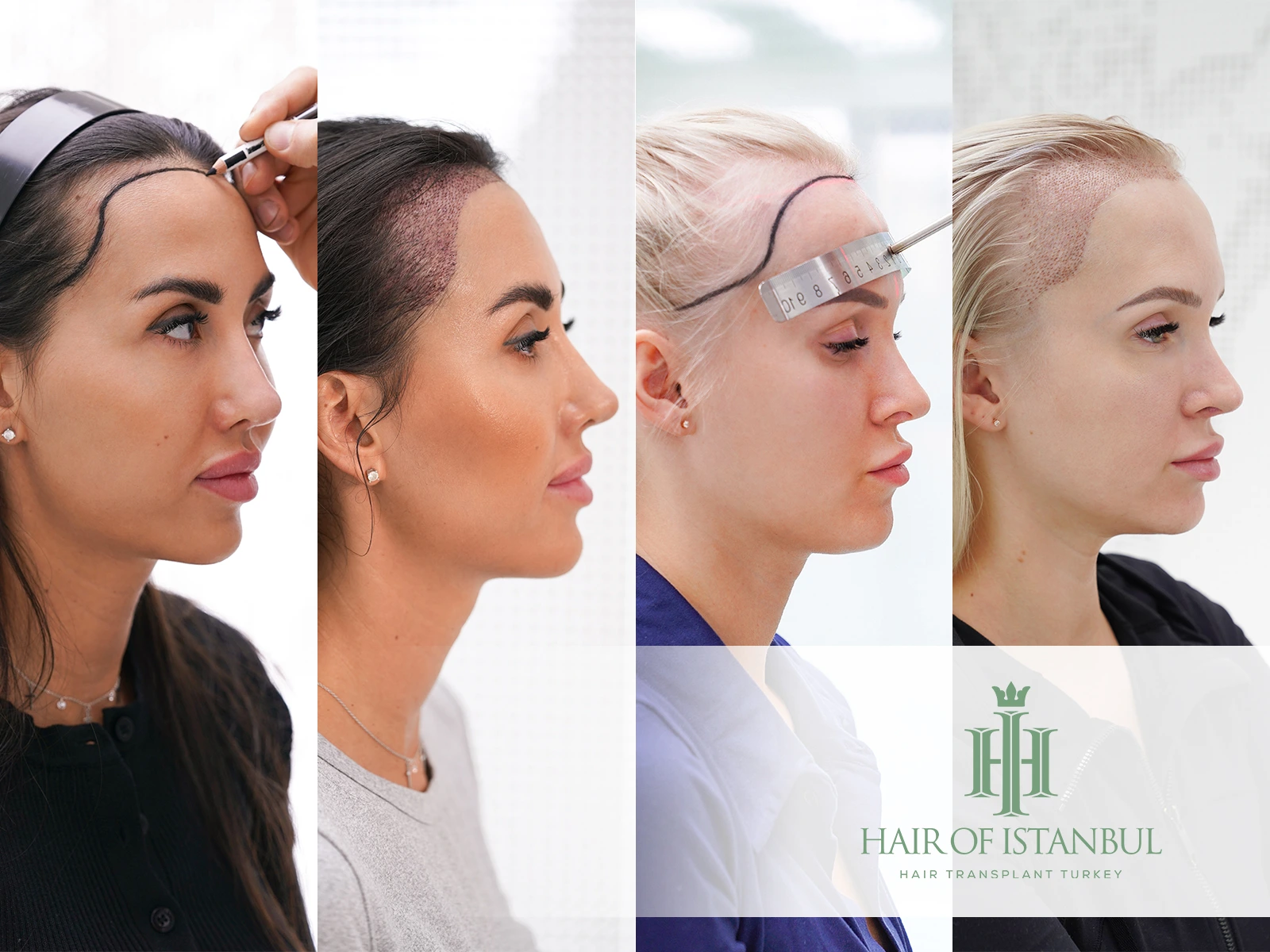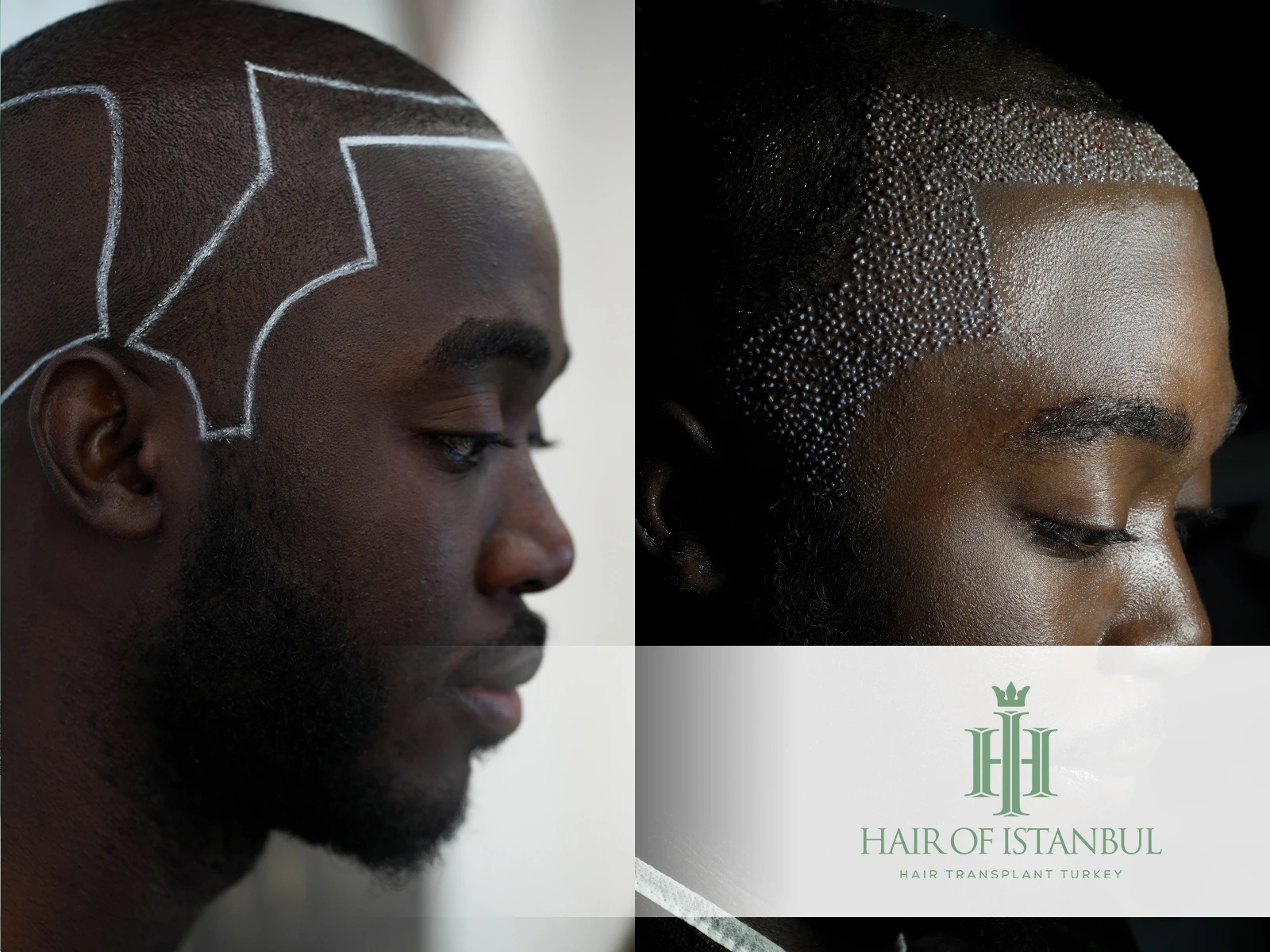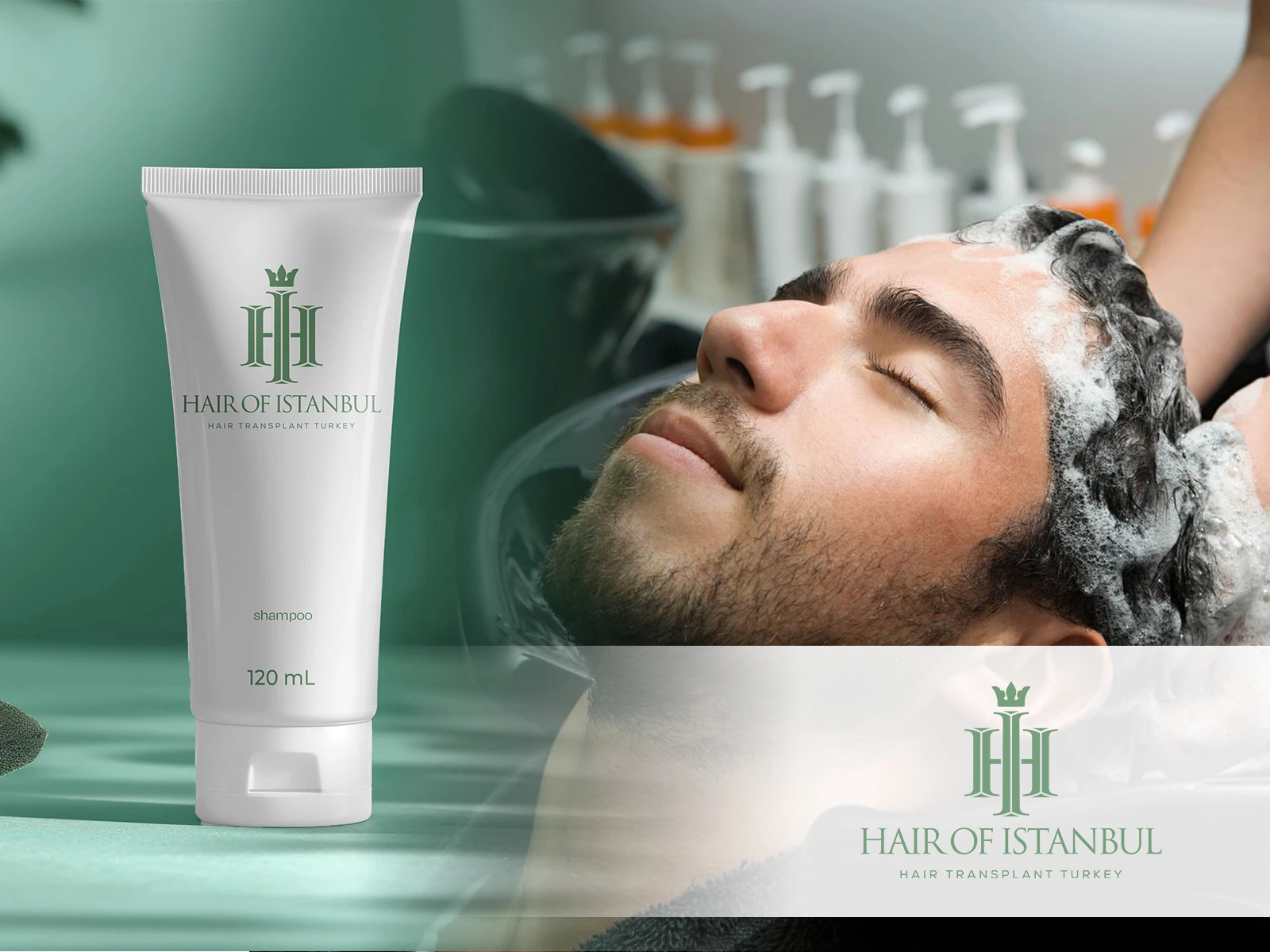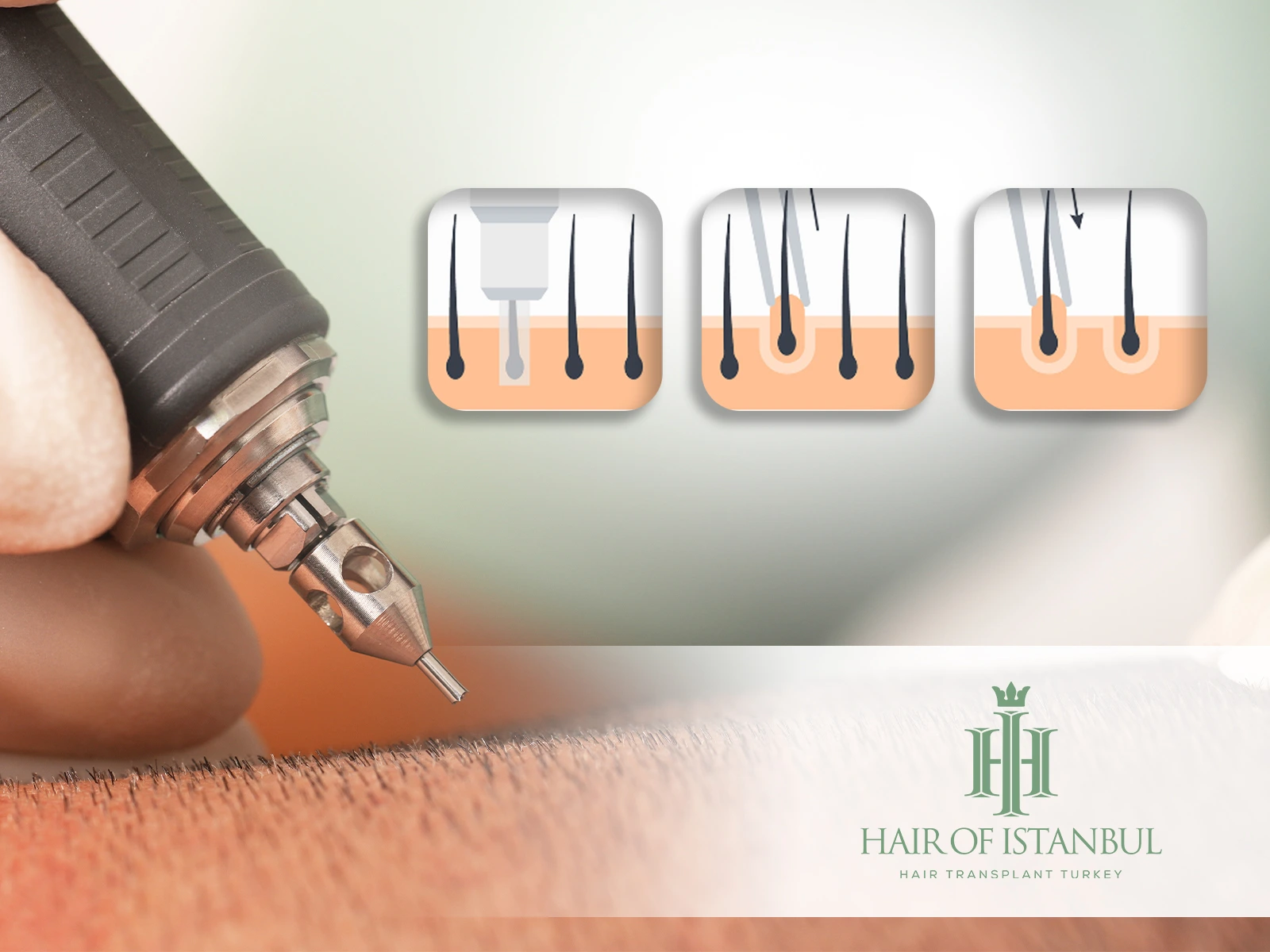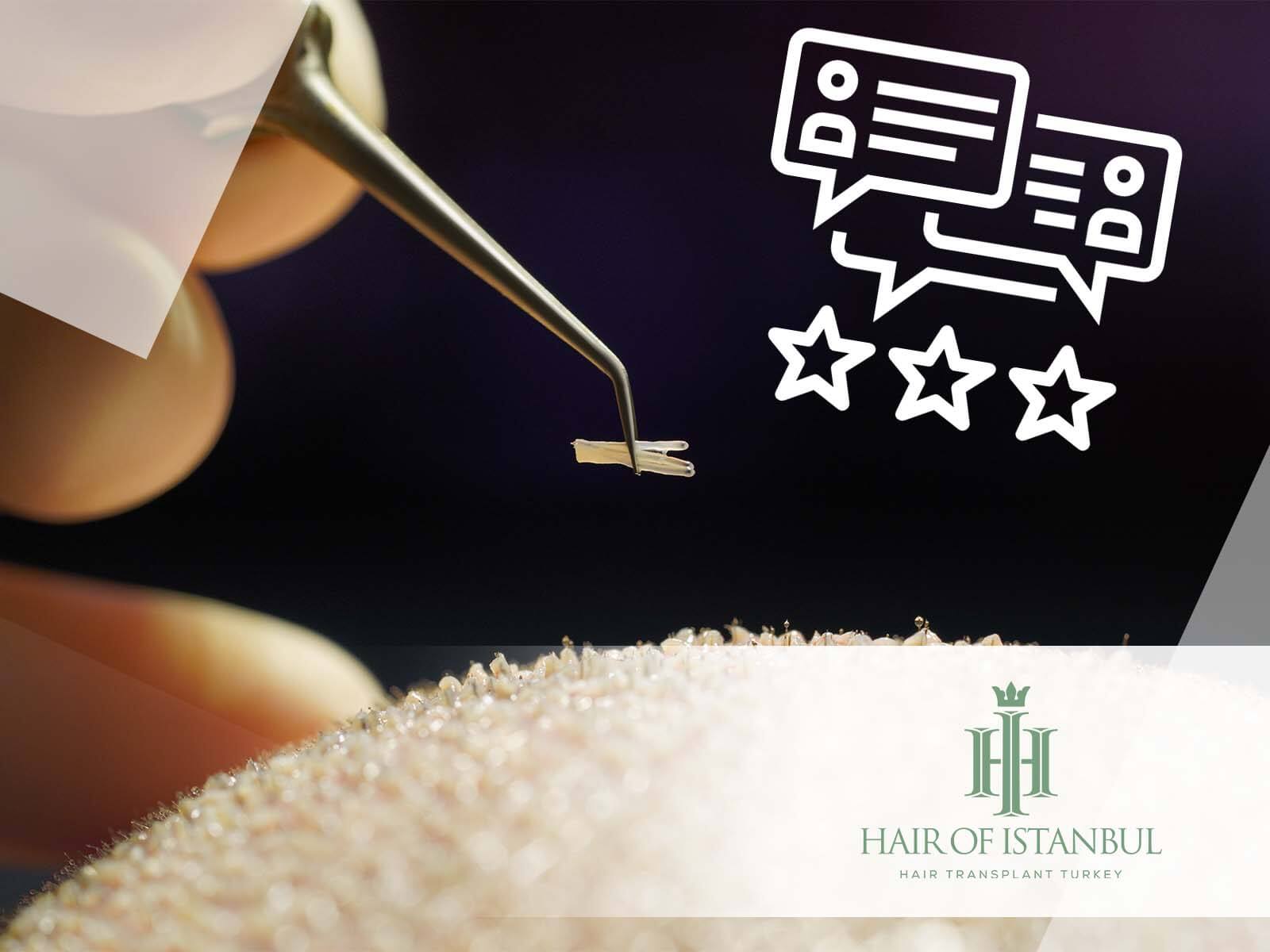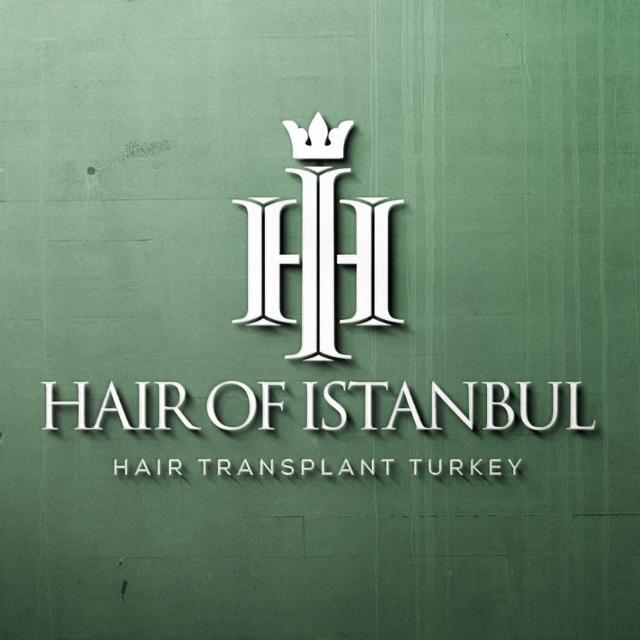Hair Transplant Trypophobia: Say Goodbye to Hole Fears Today!
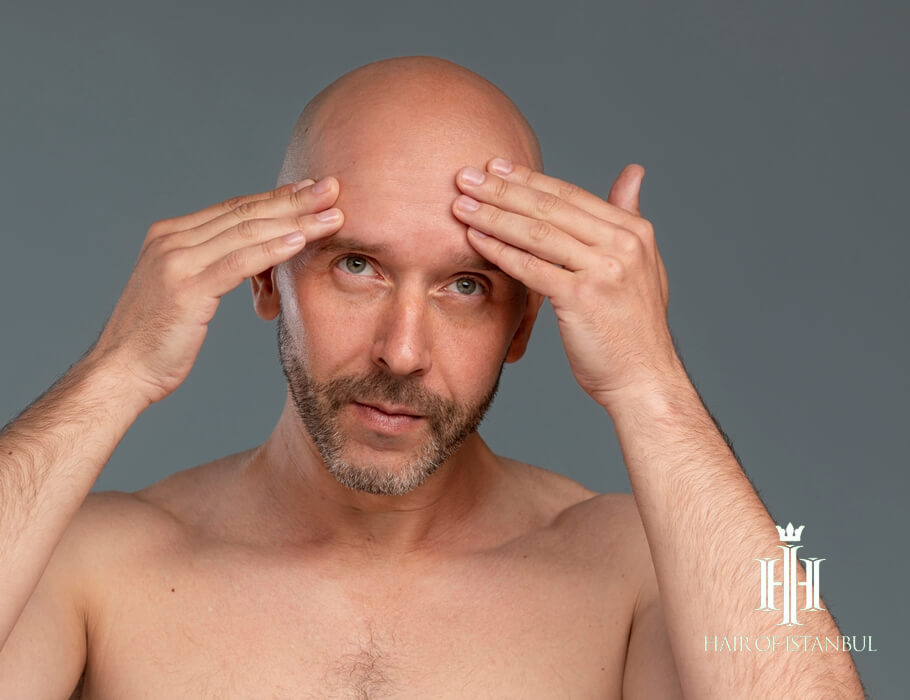
Facing your fear of holes during a hair transplant can be challenging. However, by understanding hair transplant trypophobia and learning effective coping strategies, you can successfully overcome your anxiety.
In this article, we’ll explore practical tips and suggestions to help you say goodbye to your hole fears and confidently embrace the hair restoration process. Let’s dive into the journey of transforming your appearance without being held back by trypophobia.
What Is Hair Transplant Trypophobia?
Trypophobia, a fear of clustered holes or bumps, can cause unease in individuals undergoing hair transplant procedures. These treatments involve removing follicles from a donor site on the scalp and transferring them to the recipient area, where balding occurs. To do this, numerous small incisions are created with a needle or blade, and the extracted follicles are placed within them.[1]
For those with trypophobia, witnessing these incisions can provoke anxiety or nausea, a reaction informally known as “hair transplant trypophobia.” Additionally, the scars resulting from the procedure might also trigger distressing symptoms for these individuals.
What Are The Holes In A Hair Transplant Head?
During hair transplant procedures, small openings, often referred to as holes, are made in the recipient area of the scalp. These holes are essential for the transplantation process, as they allow the harvested hair follicles to be carefully inserted into the balding regions. [2]
How Do Holes in Hair Transplant Look Like?
Pictures of hair transplant surgeries may show minor incisions or punctures done in the recipient area, which can cause anxiety or uneasiness in people who have trypophobia. The clustered arrangement of these tiny holes can resemble the patterns observed on trypophobia-inducing objects or surfaces, making those who suffer from this fear uncomfortable. When confronted with similar images or imagery, people with trypophobia generally suffer severe feelings of disgust.
Bu gönderiyi Instagram’da gör
Bu gönderiyi Instagram’da gör
Bu gönderiyi Instagram’da gör
Is Trypophobia a Real Thing?
Trypophobia, characterized by an aversion to clustered holes or bumps, may cause discomfort for some individuals. While not officially classified as a mental disorder, excessive fear and distress from such patterns could lead to a diagnosis of a specific phobia.
Why Isn’t Trypophobia a Real Phobia?
Currently, the American Psychiatric Association’s DSM-5-TR doesn’t classify this particular aversion as a phobia. The reason lies in the ongoing debate surrounding its true nature, with some arguing it represents mere disgust rather than a genuine fear. Consequently, this uncertainty prevents its official recognition as a phobia.[3]
Also Read: Facing the Fear: How Much Does a Hair Transplant Really Hurt?
What is the Psychology Behind Trypophobia?
The psychology behind trypophobia is linked to high-contrast energy images with low and midrange spatial frequencies, such as holes or repetitive patterns.
Two main evolutionary theories have been proposed:
>>> One suggesting it is a result of aversion to poisonous animals with specific skin patterns
>>> And another attributing it to avoiding clusters of circular shapes on human skin, which may help in evading ectoparasites or infectious diseases.[4]
A more recent theory connects this fear to an automatic response to dermatosis. However, none of these theories have been substantiated by conclusive evidence thus far.
What Causes Trypophobia? Uncovering the Triggers!
| Bread and bagels with seeds: | Clustered seeds on these baked goods can cause unease in trypophobia sufferers. | |
| Cheese with holes: | The irregular pattern of holes in certain cheeses can provoke a trypophobic reaction. | |
| Fruits with small seeds: | Strawberries, raspberries, papaya, and kiwi have visible seeds or indentations that can trigger discomfort. | |
| Honeycombs, sunflowers, and lotus seed pods: | The repeating patterns and clustered holes in these natural structures can be distressing for some individuals. | |
| Insects and bees: | The patterns on these creatures’ bodies, as well as their nests, can lead to trypophobic responses. | |
| Skin on snakes, lizards, frogs, and other reptiles: | The textured skin and patterns on these animals can be a source of anxiety for those with trypophobia. | |
| Soles of shoes: | Shoes with small holes or indentations in their soles can cause discomfort in trypophobic individuals. | |
| Sponges: | The porous texture and multiple holes in sponges may elicit trypophobic reactions. |
Also Read: Hair Transplant Mexico vs Turkey: Which One to Choose?
How Do I Know If I’m Trypophobic?
Identifying trypophobia often occurs incidentally, as fleeting fears and discomfort may go unnoticed. However, if persistent fear starts to negatively impact an individual’s quality of life, seeking treatment becomes crucial.[5]
Trypophobia Image Test
While no specific trypophobia test exists, a doctor will ask questions, show images, and inquire about feelings of fear, stress, or disgust in response to them. Additionally, the person’s psychiatric history is examined and their experiences are discussed to identify any potential triggers.[6]
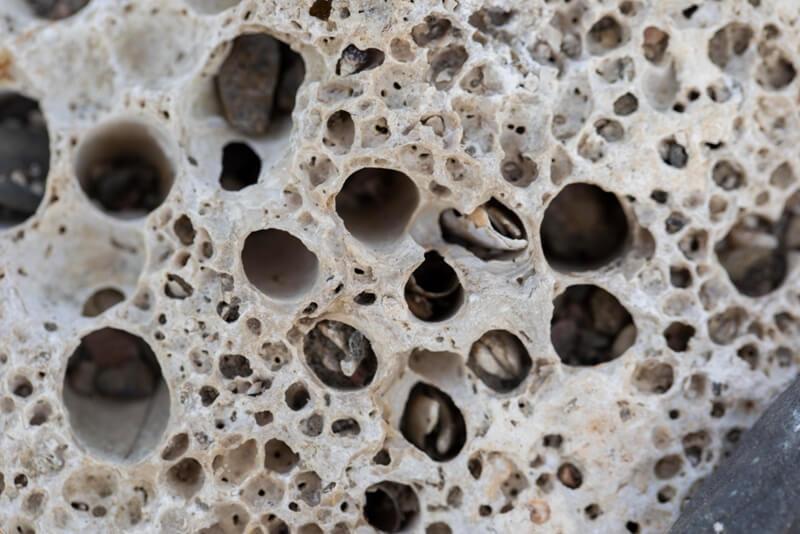
Via Freepik
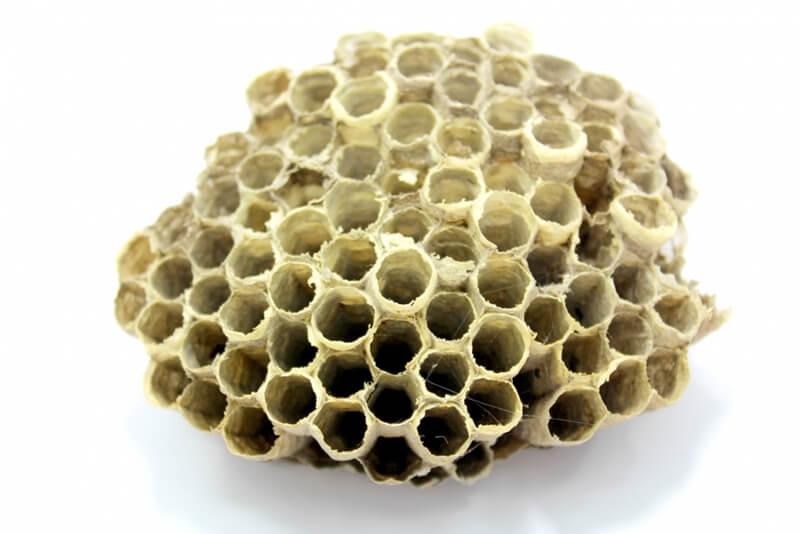
Via user5408594 / Freepik
FAQ
Is trypophobia permanent?
Whether trypophobia is permanent varies from person to person. For some, symptoms like anxiety and fear persist throughout their lives. However, others can effectively control and manage their condition, reducing the impact of these symptoms. The duration and severity of trypophobia depend on the individual’s unique circumstances.
Will it be obvious that I had a hair transplant?
The visibility of a hair transplant largely depends on the healing process and hair growth following the procedure. After the small incisions made for follicle insertion heal, they become almost imperceptible.
How bad can trypophobia get?
The persistence of symptoms related to trypophobia can lead to functional impairments in daily life. Along with feelings of fear and disgust, individuals with this aversion may undergo behavioral changes. Commonly, they avoid objects or situations that trigger their discomfort.[7]
Also Read: When Can You Wear a Hat After Hair Transplant Tips & Timeline
How Do You Overcome Trypophobia?
Overcoming trypophobia involves addressing the fear and discomfort experienced when encountering certain patterns or images. Implementing various strategies can help individuals manage and reduce their aversion to these triggers.
| Cognitive-behavioral therapy (CBT): | Engaging in CBT can help individuals identify and modify thought patterns and behaviors contributing to their trypophobia. | |
| Exposure therapy: | Gradual exposure to trypophobic triggers under controlled conditions can help individuals desensitize and reduce their fear response over time. | |
| Relaxation techniques: | Practicing relaxation techniques like deep breathing, progressive muscle relaxation, or meditation can help manage anxiety and stress associated with trypophobia. | |
| Support groups: | Joining support groups allows individuals to share their experiences, learn from others, and gain a sense of understanding and community. | |
| Professional help: | Seeking guidance from mental health professionals, such as therapists or psychiatrists, can provide tailored treatment plans and expert advice. | |
| Self-help resources: | Utilizing self-help books, websites, or online courses can offer valuable tools and techniques to cope with trypophobia. | |
| Set realistic goals: | Establishing attainable goals for overcoming trypophobia can help individuals track their progress and maintain motivation throughout their journey. |
Avoiding Hair Transplant Disasters: Recognizing the Signs of a Procedure Gone Wrong
Hair transplant procedures can sometimes lead to disappointing outcomes, with results that may not meet the patient’s expectations. Various factors can contribute to an unsuccessful hair restoration, including poor planning, unskilled practitioners, and inadequate post-operative care. Understanding the potential pitfalls can help patients make informed decisions and minimize the risk of a hair transplant gone wrong.[8]
Causes of hair transplant failure:
>>> Inexperienced or unqualified surgeon
>>> Poor donor hair selection
>>> Inadequate pre-operative planning
>>> Insufficient post-operative care
>>> Infection or complications during the procedure
>>> Poor graft handling and placement
>>> Unrealistic patient expectations
Also Read: Jamie Foxx Hair Transplant: A Hairline Transformation to Inspire
Optimizing the Healing Time of Hair Transplant Holes
The recovery period following a hair transplant is crucial for ensuring the success of the procedure. Implementing certain measures can help promote faster healing of the tiny incisions made during the surgery. By following these recommendations, patients can enjoy a smoother, more comfortable recovery experience.
| Follow post-operative instructions: | Adhere to the guidelines provided by the surgeon to prevent complications and promote healing. | |
| Keep the area clean: | Gently clean the transplant area as directed to avoid infection. | |
| Avoid strenuous activities: | Refrain from heavy lifting or vigorous exercise for the first few weeks to prevent stress on the healing incisions. | |
| Elevate your head: | Keeping your head elevated, especially while sleeping, can reduce swelling and enhance the healing process. | |
| Apply cold compresses: | Use cold compresses to alleviate discomfort and minimize inflammation. | |
| Take prescribed medications: | Follow the recommended medication regimen to manage pain and prevent infection. | |
| Attend follow-up appointments: | Regular check-ups with the surgeon will help monitor the healing progress and address any concerns. |
Is Hair Transplant a Concern for Trypophobics?
During a hair transplant procedure, even though small holes are made in the scalp to insert hair follicles, these holes are of a millimetric size, making them almost invisible to the patient. Moreover, the implanted hair grafts effectively cover and fill these tiny incisions, further minimizing any trypophobic concerns.[9]
With proper stress management and guidance from the doctor, patients can be reassured and remain at ease during the entire process. By addressing any worries or anxieties beforehand, individuals can confidently undergo a FUE hair transplant without significant trypophobia-related concerns.[10]
Also Read: Understanding Average Forehead Size: Ideal Sizes by Gender!
CONCLUSION
In conclusion, it’s important to remember that hair transplant procedures are not trypophobic by nature. Despite the small holes created during the process, the end result is a natural-looking, restored head of hair.

At Hair of Istanbul, our team of skilled professionals ensures a comfortable and seamless experience for our patients, addressing any concerns or fears. With our expertise and dedication, you can confidently move forward with your hair restoration journey, leaving behind any trypophobia-related worries. Embrace the transformation and enjoy a fuller, more youthful appearance!
References:
- [1] Contributors, Oct 26, 2017 – Trypophobia – https://en.wikipedia.org/wiki/Trypophobia
- [2] Dr Suhail Alam, Jul 23, 2022 – Hair Transplant Holes And Trypophobia – https://aventusclinic.com/hair-transplant-holes-trypophobia/
- [3] Lori Smith, Aug 19, 2022 – Is trypophobia real – https://www.medicalnewstoday.com/articles/320512
- [4] Juan Carlos, Feb 9, 2018 – Trypophobia: What Do We Know So Far? A Case Report and Comprehensive Review of the Literature – https://www.ncbi.nlm.nih.gov/pmc/articles/PMC5811467/
- [5] Esat, Mar 19, 2023 – Hair Transplant Trypophobia: Conquer the Fear of Holes on the Scalp – https://cosmeticium.com/hair-transplant-trypophobia/
- [6] Nuna Alberts, Mar 31, 2023 – What Is Trypophobia? Symptoms, Causes, Diagnosis, Treatment, and Prevention – https://www.everydayhealth.com/trypophobia-101-beginners-guide/
- [7] Dr. Utkan Kızıltac, Dec 14, 2022 – Hair Transplant Trypophobia: The Fear of Holes on the Scalp – https://www.unitedcareclinic.com/blog/hair-transplant-trypophobia/
- [8] Michael Panayiotis Kokotsis, Apr 19, 2023 – How to Deal With Hair Transplant Trypophobia – https://wimpoleclinic.com/blog/how-to-deal-with-hair-transplant-trypophobia/
- [9] Treatment Rooms, Jan 9, 2023 – What is Hair Transplant Trypophobia? – https://www.treatmentroomslondon.com/hair-transplant-surgery/what-is-hair-transplant-trypophobia/
- [10] Cleveland Clinic medical professional, Nov 8, 2021 – Trypophobia – https://my.clevelandclinic.org/health/diseases/21834-trypophobia




